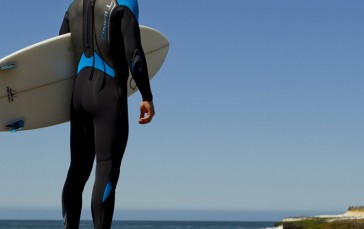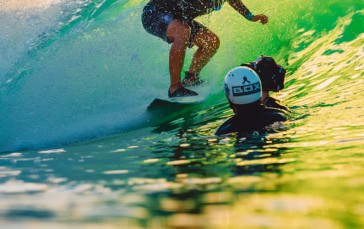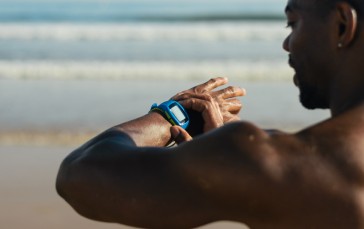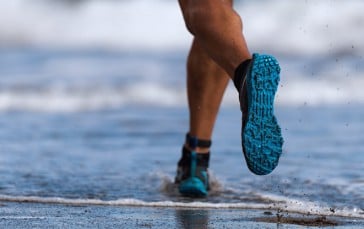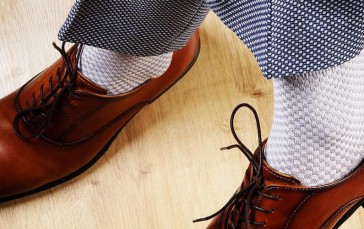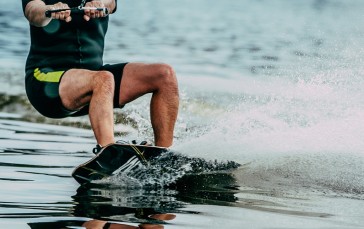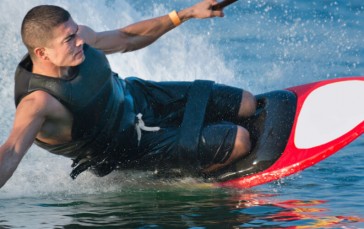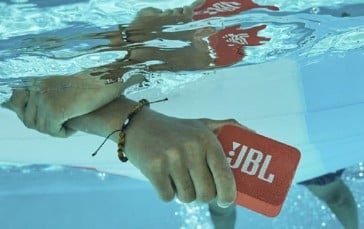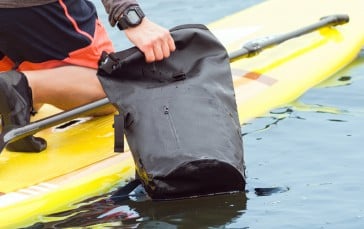The Best Weather For Surfing
Surfing is one of those sports or water activities that you’re either really good at, or you’re really out of your depth and you spend more time scrambling around in the surf than actually surfing. That doesn’t stop it from being a fun and very challenging way to spend your weekends or summer vacations.
Much of the success of surfing depends on weather conditions. Too much wind and the waves are strictly for expert surfers, not enough and you may find yourself doing nothing more than paddling offshore and getting a great tan.
Serious and experienced surfers understand the information offered in surf reports and many can gage the conditions simply by gazing at the horizon and feeling the wind on their faces. If you’re new to surfing, there are some things to pay attention to determine the perfect weather conditions for surfing.
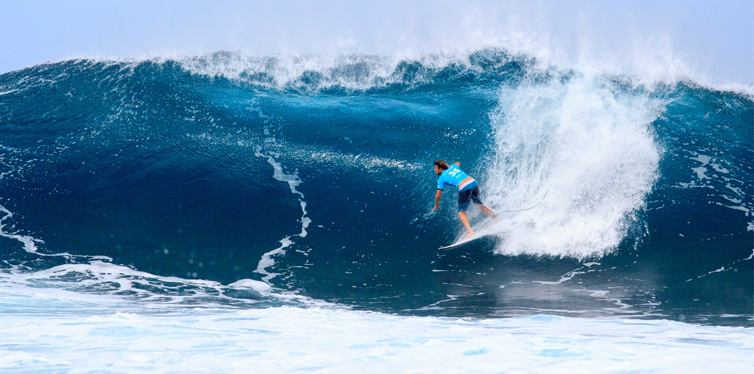
1. Check The Surf Reports
A few decades ago, most surfers would just grab their boards and set off to a beach they have surfed at before, or one that was reputed to be a surfing hot spot. Over time, newspapers and weather reports in coastal areas including the all-important surf report which would give information such as, wind directions, tides, wave heights and swell heights and periods. This last piece of information related to swell heights and periods tells surfers the amount of time it takes for the wave to pass from one point to another. In short, a longer swell period results in more powerful waves with considerable speed. Short swells are usually the result of a weak storm somewhere close offshore. These waves are generally weak and small. On the other hand, swells that have a bigger wave height and longer travel periods are going to be huge and powerful. These are the ones most experienced surfers love to ride.
These days, you don’t need to sit in front of your television or run out to get a newspaper to read the surf reports. You can download an app right to your smartphone and have all the information with you wherever you go.
2. Wind Conditions
The best wind conditions for surfing would be no wind at all. This is referred to as a glassy condition. However, this glassy condition is not always an option so there are two other wind conditions you should know about.
The first is the offshore wind. This type of wind is the next best thing after glassy conditions because the wind is blowing from the land towards the sea. Offshore winds help to create barrel shaped waves that are smooth to ride. However, if the offshore wind is blowing too strongly, it can be problematic as the force of the wind can knock the surfer back into the waves and the sea mists and spray from cresting waves can decrease visibility, further adding to the problems.
The other type of wind is the onshore wind. This is wind that blows from the ocean towards the shore. Most surfers don’t like these onshore winds because they make the sea rough and choppy. Some surfers, however, don’t mind a bit of onshore wind as it makes it easier for them to perform aerial tricks because it gives them the ability to keep their boards close to their feet for better control.
Learning to understand the wind conditions can help you decide the best times to surf and help you find some great surfing spots. As a general rule though, the waves tend to be calmer in the early mornings and early evenings. These times are when you will most likely encounter glassy conditions.
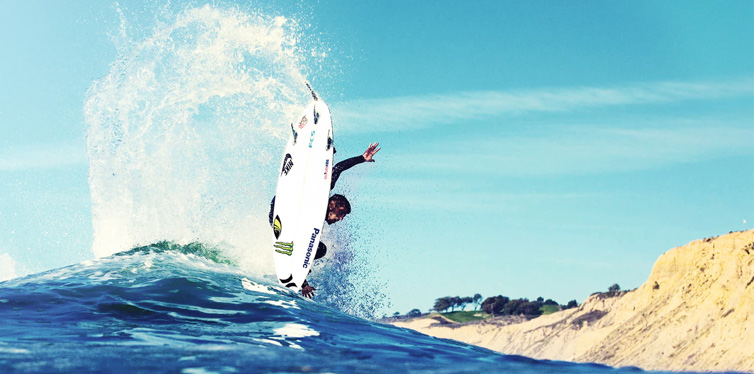
3. Let’s Talk About Tides
The tides are crucial to determine how waves break at any given surf sport. Some surf spots have excellent waves at high tide, while others do a lot better during low tide periods. To determine which tidal period is the best in your favorite surf spot will take you a bit of time and observation. Or you can cheat a bit and just ask a local surfer. Most beach breaks are better for surfing just before high tide and during the high tide period. Sand bars may be overly exposed or simply too shallow which can cause the breaks to fizzle out too fast.
Reef breaks, on the other hand, are much better from low tide to a medium tide. Higher tides usually have the opposite effect on reefs as the waves tend to be much smaller or non-existent. You should always be cautious when reef surfing as they can have shallow spots with lots of sharp rocks.
The very fact that tides are controlled by the moon makes it easy for surfers to predict when their favorite surf spot will be at high or low tide. Around a full moon phase, you can expect very high tides and low tides usually follow a new moon.
4. Dawn Or Dusk?
Go to any surfing hot spot and you will quickly learn the best time of day to go surfing. Just keep an eye out for the experienced surfers. They are usually hitting the waves as soon as the sun is up and, in the evening, just before the sun goes down. This usually has a lot to do with the wind which is usually stronger during the day. The other benefit of an early morning or early evening surf is that the beaches are less likely to be overcrowded. It’s much better to pull on surfing wetsuits and bear the cold than to deal with high winds and crowds of novices.
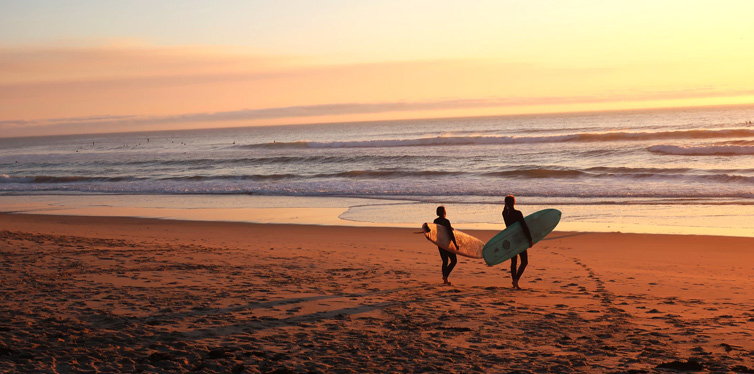
5. When Not To Surf
Some of the best surfing is during the rain and it’s going to be hard to stay out of the surf because of a little drizzle. While it is definitely fine to go surfing during the rain, as long as it’s not in the middle of a thunderstorm, make sure you follow your session with thorough shower and make sure all your gear is cleaned as well.
Once the rain stops, you should avoid heading out to ride the waves as there is a chance the water is contaminated. Many surfing hot spots are close to urban areas and excessive rain can flush a lot of land trash and debris into the ocean. This gunk is full of bacteria and goodness knows what else and it tends to be closer to the shore after rain. After the rain, it’s best to stay out of the water for a day or two, just to be on the safe side.


